Coffee prices fell slightly
On the London Stock Exchange, the September 2025 robusta coffee contract closed the session on October 8 at $4,510/ton, up $96/ton (2.17%) compared to the previous session. The January 2026 futures contract also increased $80/ton (1.82%) to $4,468/ton.
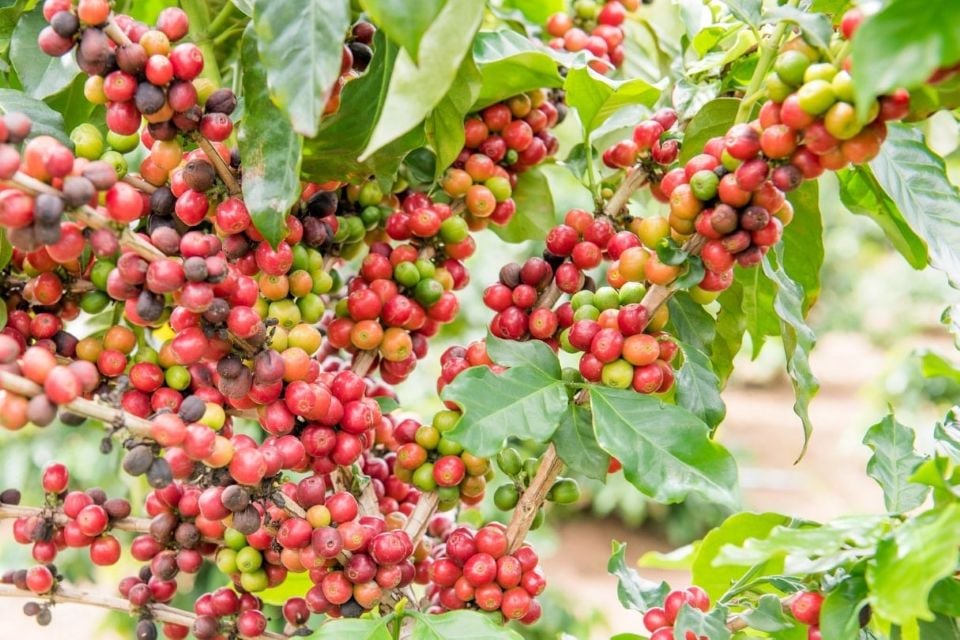
Illustration photo. Photo: Internet
In New York, Arabica coffee for December 2025 delivery rose 8.15 US cents per pound (2.17%) to 383.55 US cents per pound. The March 2026 contract rose 7.4 US cents per pound (2.08%) to 366.55 US cents per pound.
On the Brazilian exchange, the price of arabica futures for December 2025 increased by 9.95 US cents/pound (2.21%) to 460.2 US cents/pound, while the contract for March 2026 increased by 8.4 US cents/pound (1.89%) to stand at 452.05 US cents/pound.
Domestic coffee prices in the Central Highlands as of 5 a.m. on October 9 decreased slightly, fluctuating between 113,000 - 114,000 VND/kg.
Specifically, traders in Lam Dong purchased coffee at 114,000 VND/kg, down 1,000 VND/kg compared to yesterday.
In Dak Lak , the price is similar at 114,000 VND/kg, also down 1,000 VND/kg compared to yesterday.
Gia Lai region recorded coffee price at 113,500 VND/kg, 1,000 VND/kg lower than the previous day.
In Ward 1 Bao Loc, Hoa Ninh, Duc Trong and Dinh Van communes (Lam Ha - Lam Dong), coffee prices also decreased by VND1,000/kg, to VND113,000/kg.
Experts say global coffee prices are under downward pressure as Brazil and Indonesia enter their new harvests, causing supplies to increase rapidly. Favorable weather conditions in Brazil and the return of rains have reduced drought concerns, causing speculators to reduce their buying positions, pushing futures prices down after a period of maintaining high levels.
In addition, the stronger US dollar continues to put pressure on coffee prices. The increase in the greenback increases the cost of imports and encourages major producing countries such as Brazil and Colombia to increase sales, making short-term supplies more abundant.
In the short term, coffee prices may fluctuate around the current range due to the impact of new supply and stable demand. However, in the long term, the outlook remains positive thanks to increased consumption demand and sustainable development trends in the global roasting industry.
Pepper prices increased slightly
According to records, this morning domestic pepper prices increased slightly compared to yesterday, fluctuating at 146,000 - 148,000 VND/kg.
In the Central Highlands, pepper price in Dak Lak increased by 1,000 VND/kg, currently reaching 148,000 VND/kg.
Pepper price in Gia Lai also increased by 1,000 VND/kg, to 146,000 VND/kg.
In Lam Dong (formerly Dak Nong), pepper price increased by 1,000 VND/kg, reaching 148,000 VND/kg.
In the Southeast region, pepper price in Ho Chi Minh City (formerly Ba Ria - Vung Tau) reached 146,500 VND/kg, an increase of 500 VND/kg compared to yesterday, while Dong Nai also increased similarly to 146,500 VND/kg.
Pepper price in Dong Nai (former Binh Phuoc) remained unchanged, maintained at 146,000 VND/kg.
At the end of the session on October 8, the International Pepper Association (IPC) said that the price of black pepper from Lampung (Indonesia) decreased slightly by 0.28% to 7,221 USD/ton.
In other major producing countries, pepper prices are generally stable. Currently, Brazilian black pepper ASTA 570 is offered at USD 6,200/ton, while Kuching black pepper (Malaysia) is at USD 9,500/ton.
In Vietnam, the export price of 500 g/l and 550 g/l black pepper remains in the range of 6,600 - 6,800 USD/ton.
At the same time, Muntok white pepper (Indonesia) reached 10,075 USD/ton, down 0.28% compared to the previous session, while Malaysian ASTA white pepper remained at 12,500 USD/ton and Vietnamese white pepper was around 9,250 USD/ton.
Domestic pepper prices are stabilizing after a period of strong fluctuations last month. Although there are no clear signs of an increase, the current price level still helps farmers ensure profits and supports businesses to be more proactive in purchasing, processing and exporting in the last quarter of the year.
According to the Vietnam Pepper and Spice Association (VPSA), in September 2025, Vietnam exported 20,487 tons of pepper, earning 136.3 million USD. Compared to August, the export volume decreased slightly but the output and value increased sharply compared to the same period in 2024, up 19.5% and 23.2%, respectively. The average export price of black pepper reached 6,490 USD/ton (up 2.4%), while white pepper reached 8,679 USD/ton (up 1.4%).
Large enterprises such as Olam, Phuc Sinh and Nedspice still lead the pepper export turnover, of which Olam reached nearly 2,000 tons in September. In terms of market, the US continues to be the largest customer with 4,274 tons, followed by China, UAE, Netherlands, Thailand and Germany.
In contrast, Vietnam imported 1,588 tons of pepper, mainly from Cambodia, Brazil and Indonesia for processing and re-export.
The recovery of global consumption demand, especially in major markets such as the US and Europe, along with the increase in international pepper prices are bringing positive signals to the Vietnamese pepper industry.
Although export volume decreased slightly, high selling prices helped maintain export turnover at a good level, opening up a positive outlook for the Vietnamese pepper industry to close 2025 with impressive value growth.
Source: https://doanhnghiepvn.vn/kinh-te/gia-nong-san-ngay-9-10-2025-ho-tieu-nhich-nhe-ca-phe-giam-gia/20251009092850442






![[Photo] Discover unique experiences at the first World Cultural Festival](https://vphoto.vietnam.vn/thumb/1200x675/vietnam/resource/IMAGE/2025/10/11/1760198064937_le-hoi-van-hoa-4199-3623-jpg.webp)




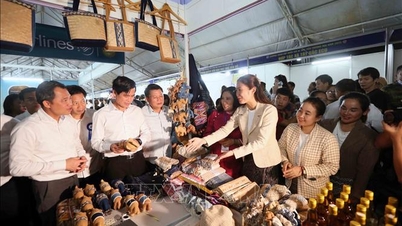





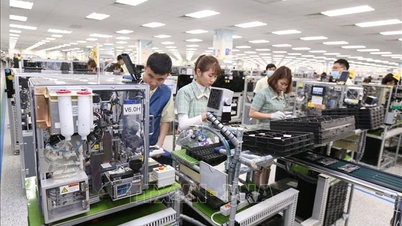
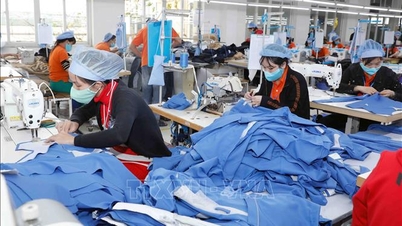
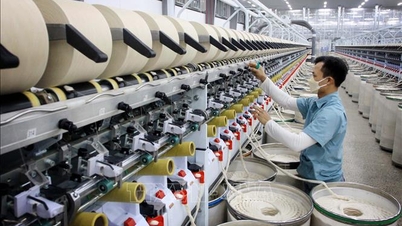


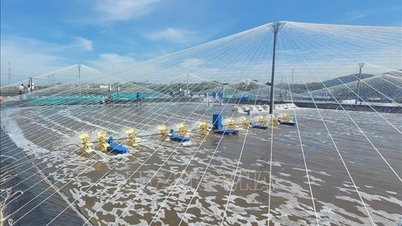









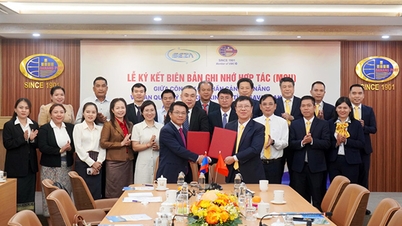
![[Photo] General Secretary attends the parade to celebrate the 80th anniversary of the founding of the Korean Workers' Party](https://vphoto.vietnam.vn/thumb/1200x675/vietnam/resource/IMAGE/2025/10/11/1760150039564_vna-potal-tong-bi-thu-du-le-duyet-binh-ky-niem-80-nam-thanh-lap-dang-lao-dong-trieu-tien-8331994-jpg.webp)
![[Photo] Opening of the World Cultural Festival in Hanoi](https://vphoto.vietnam.vn/thumb/1200x675/vietnam/resource/IMAGE/2025/10/10/1760113426728_ndo_br_lehoi-khaimac-jpg.webp)











































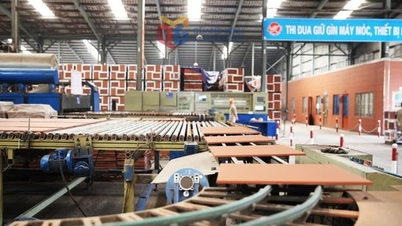

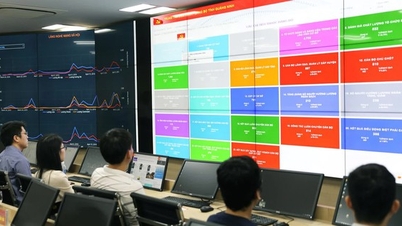







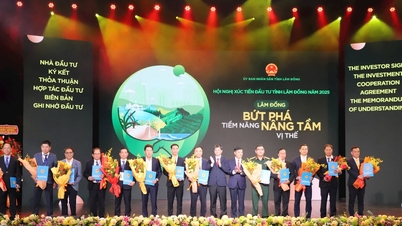
















Comment (0)